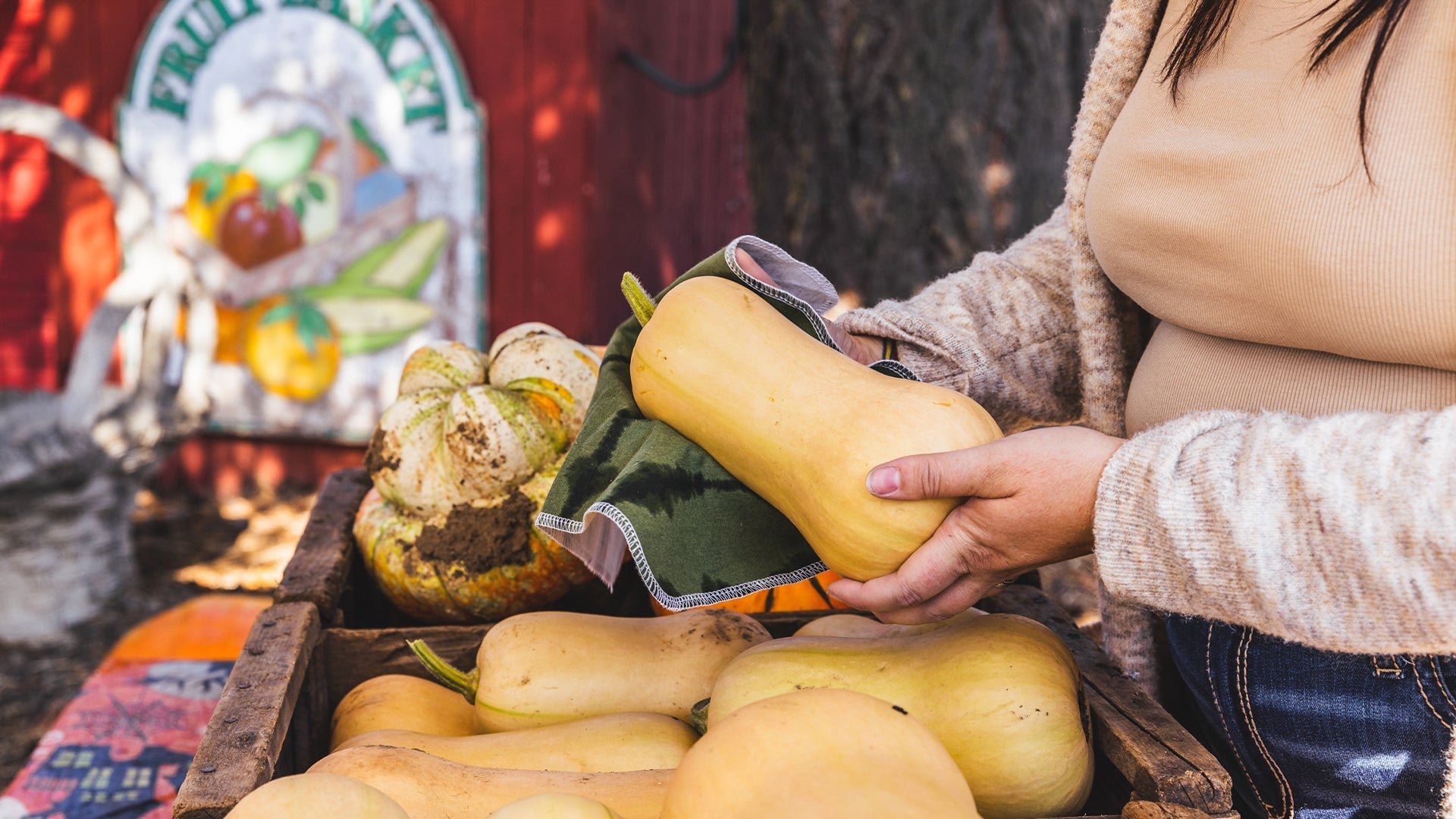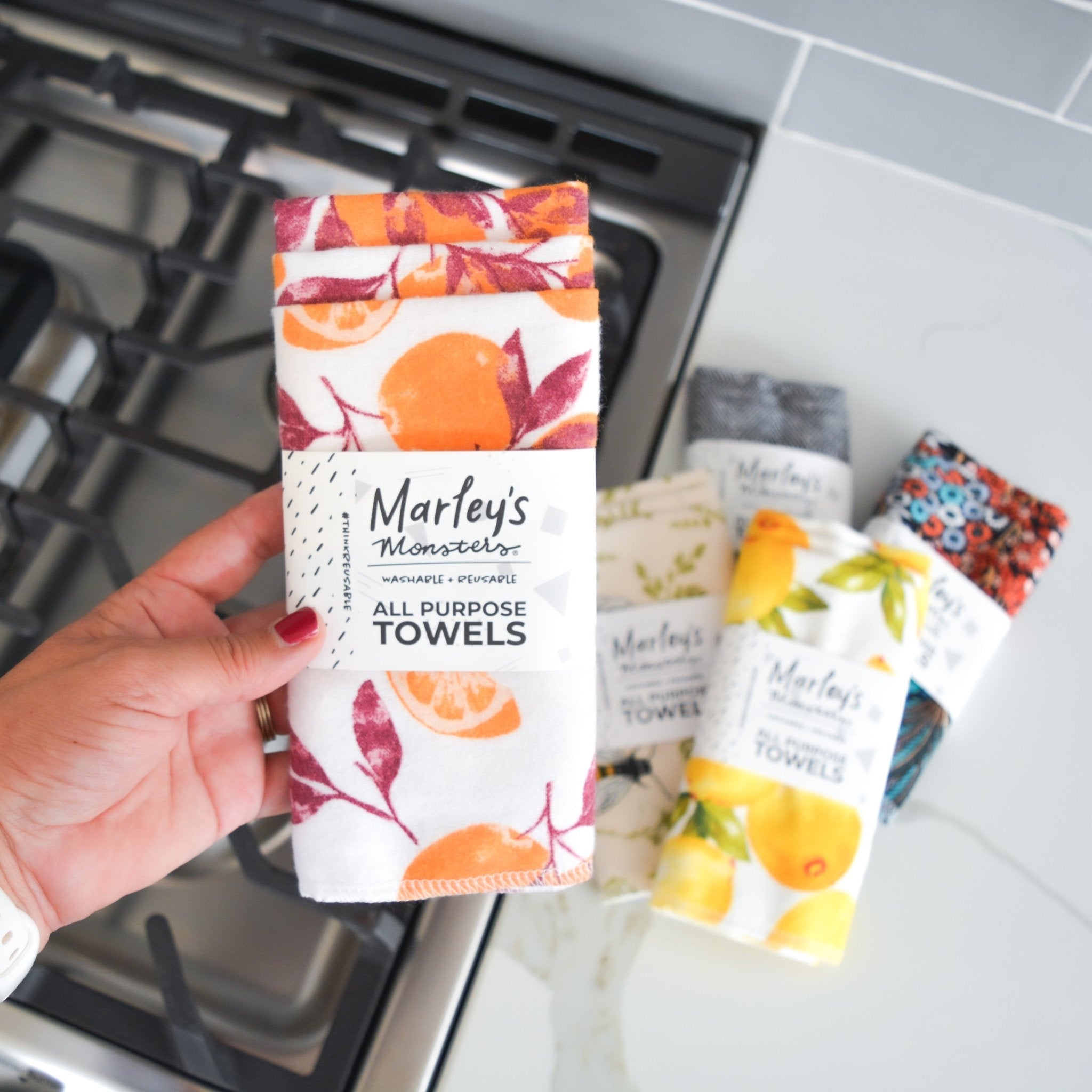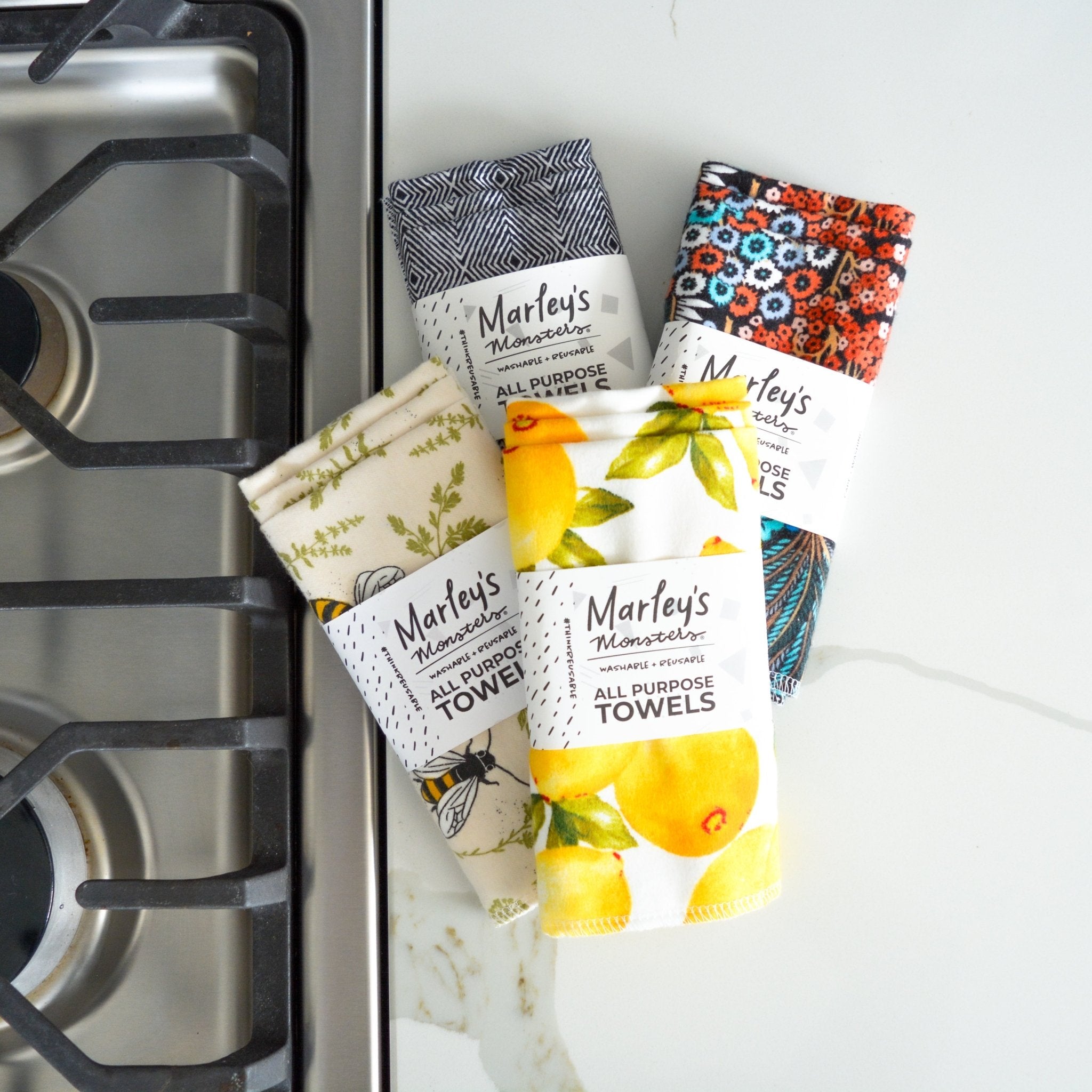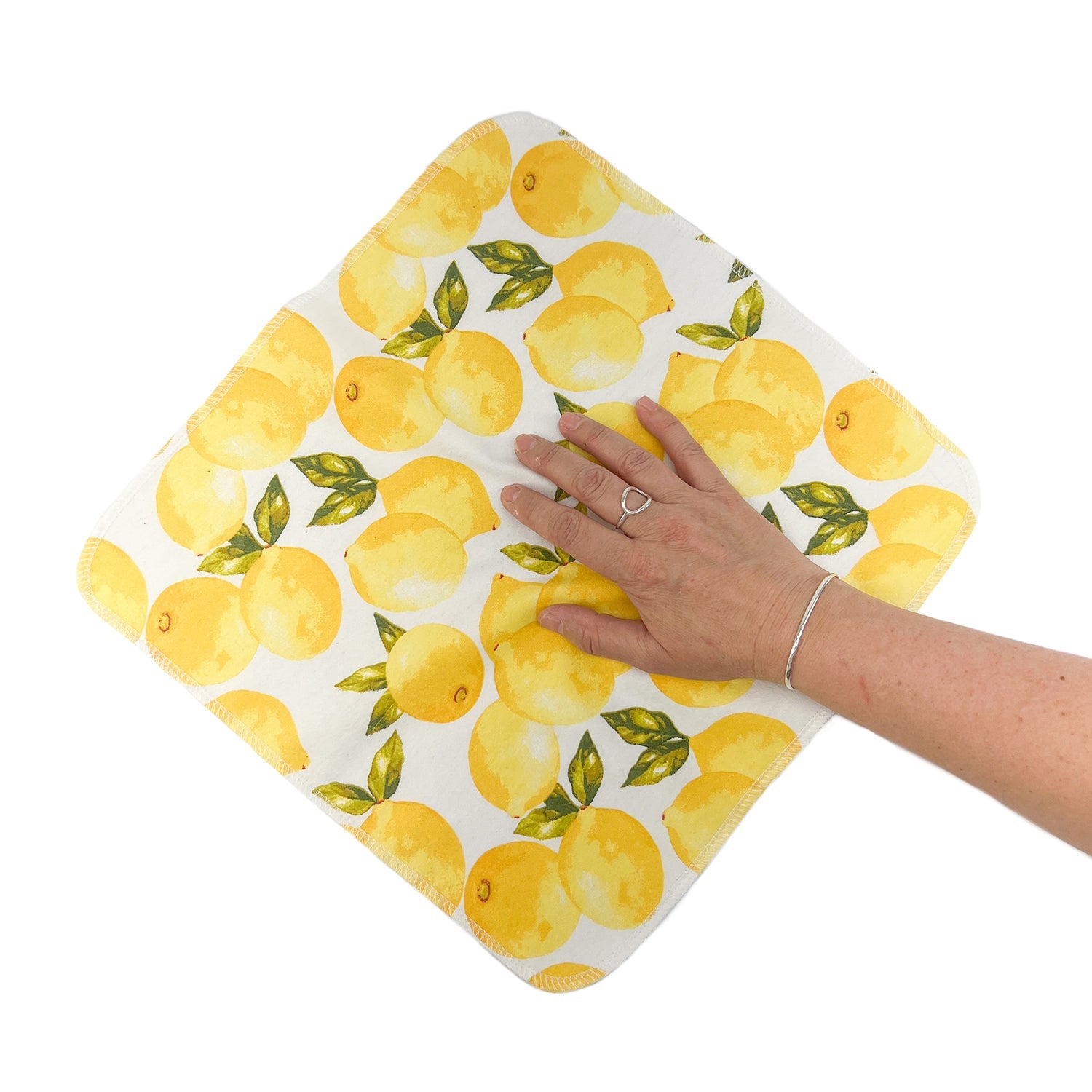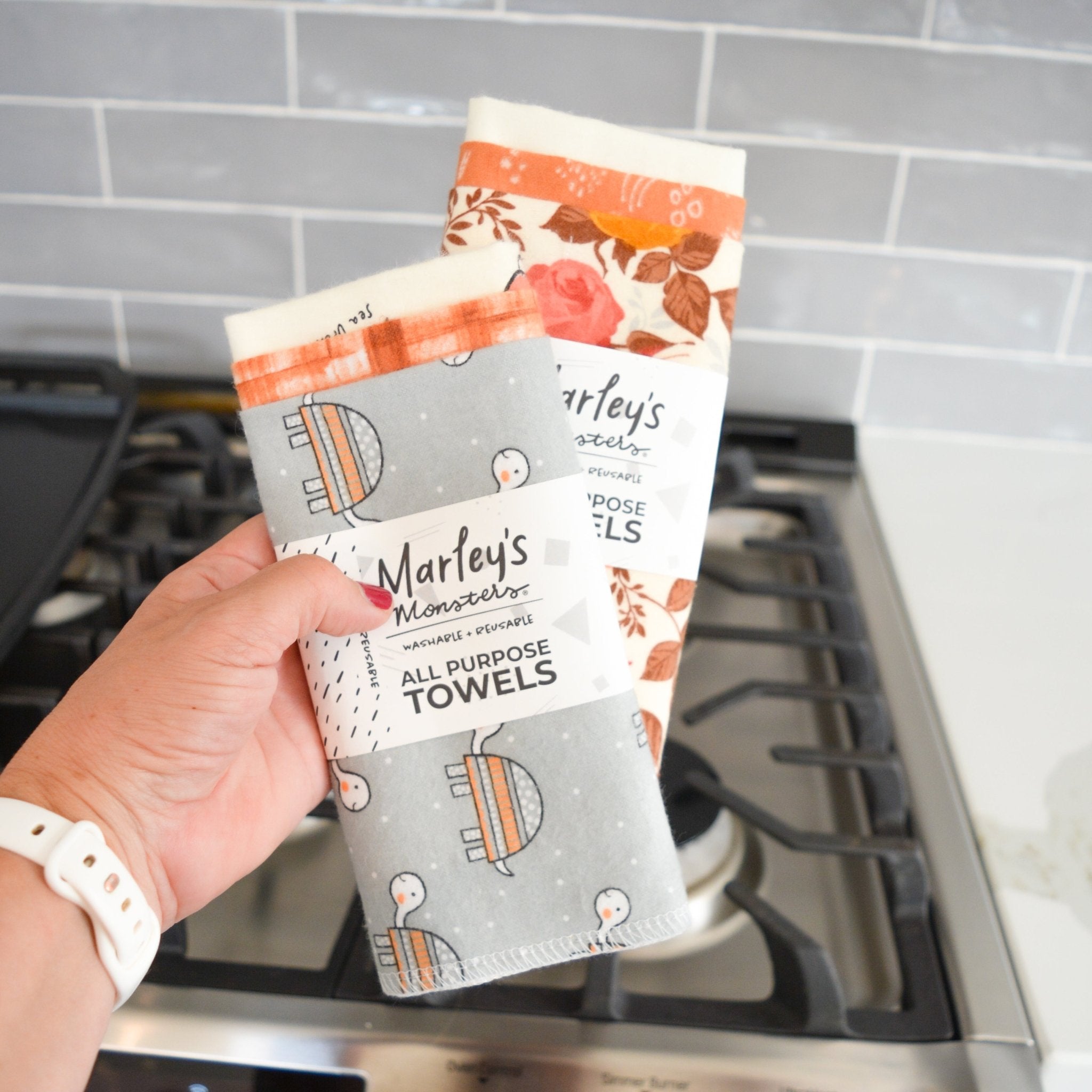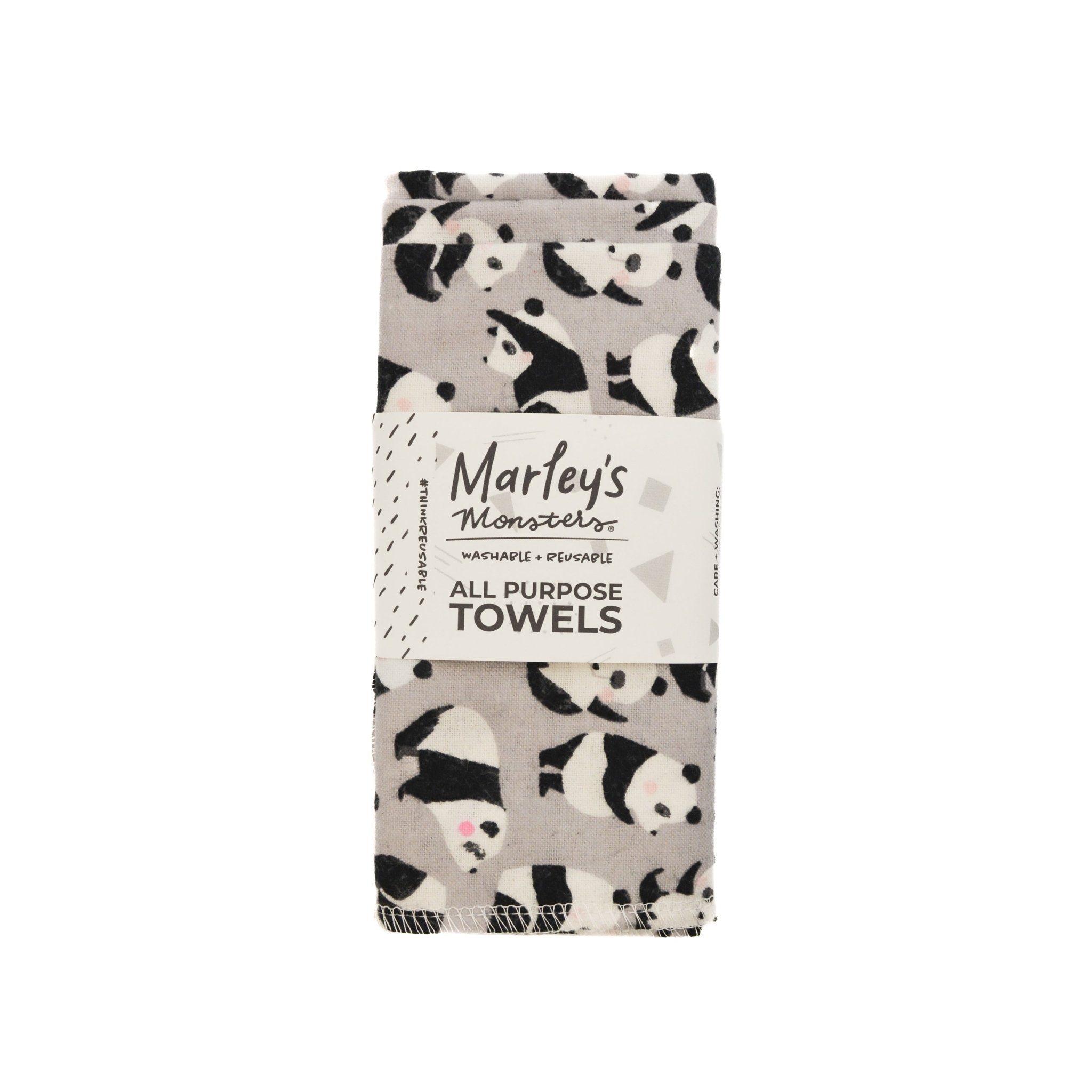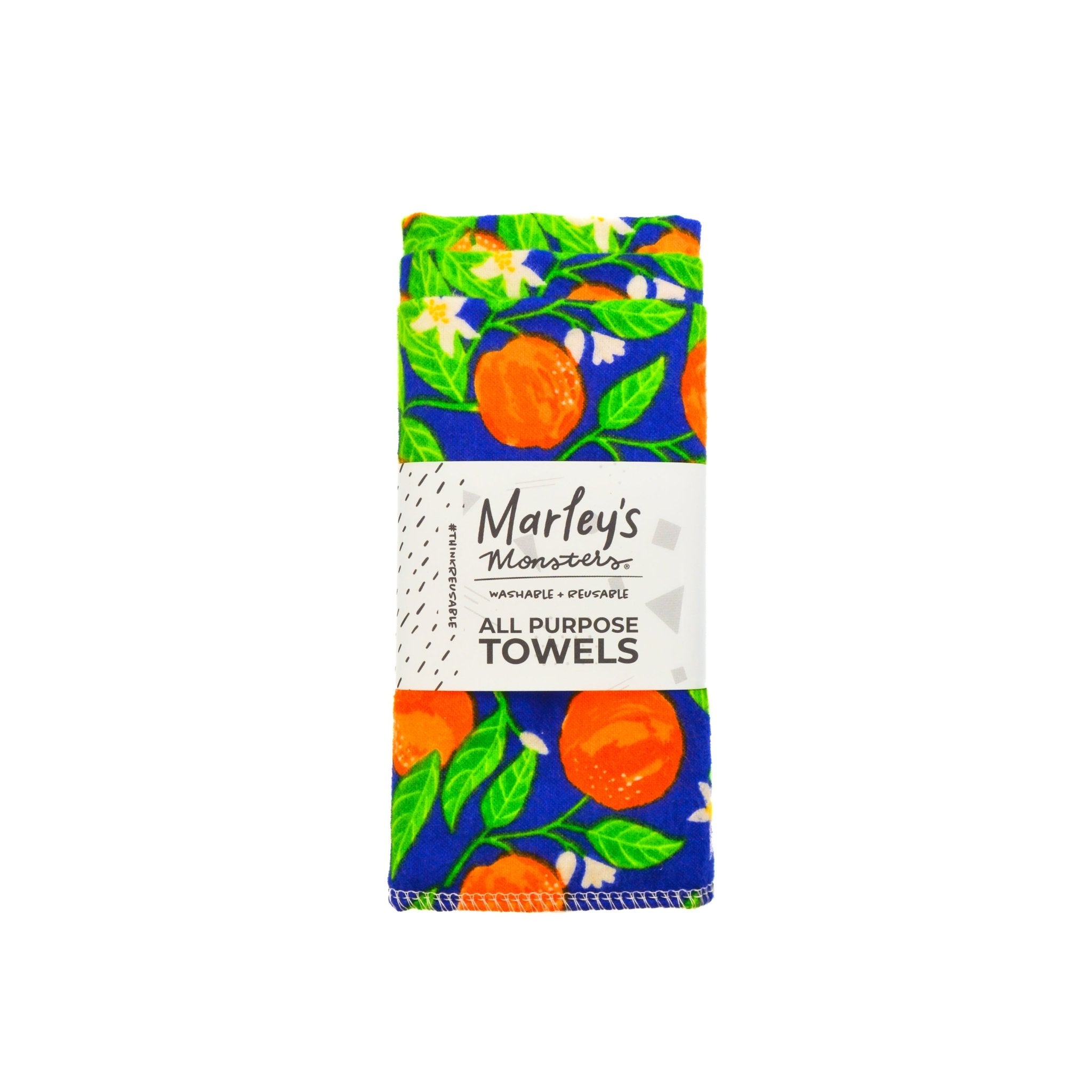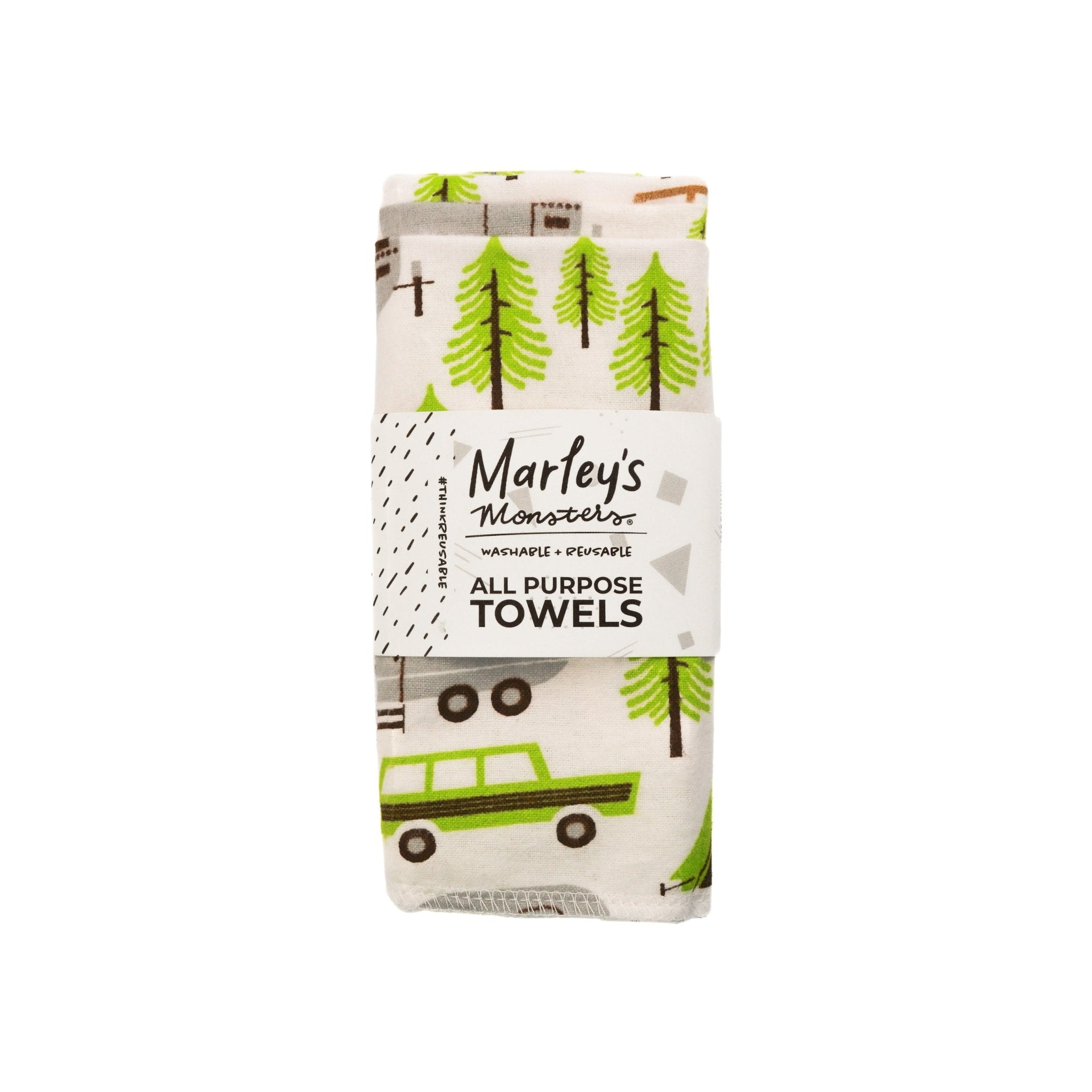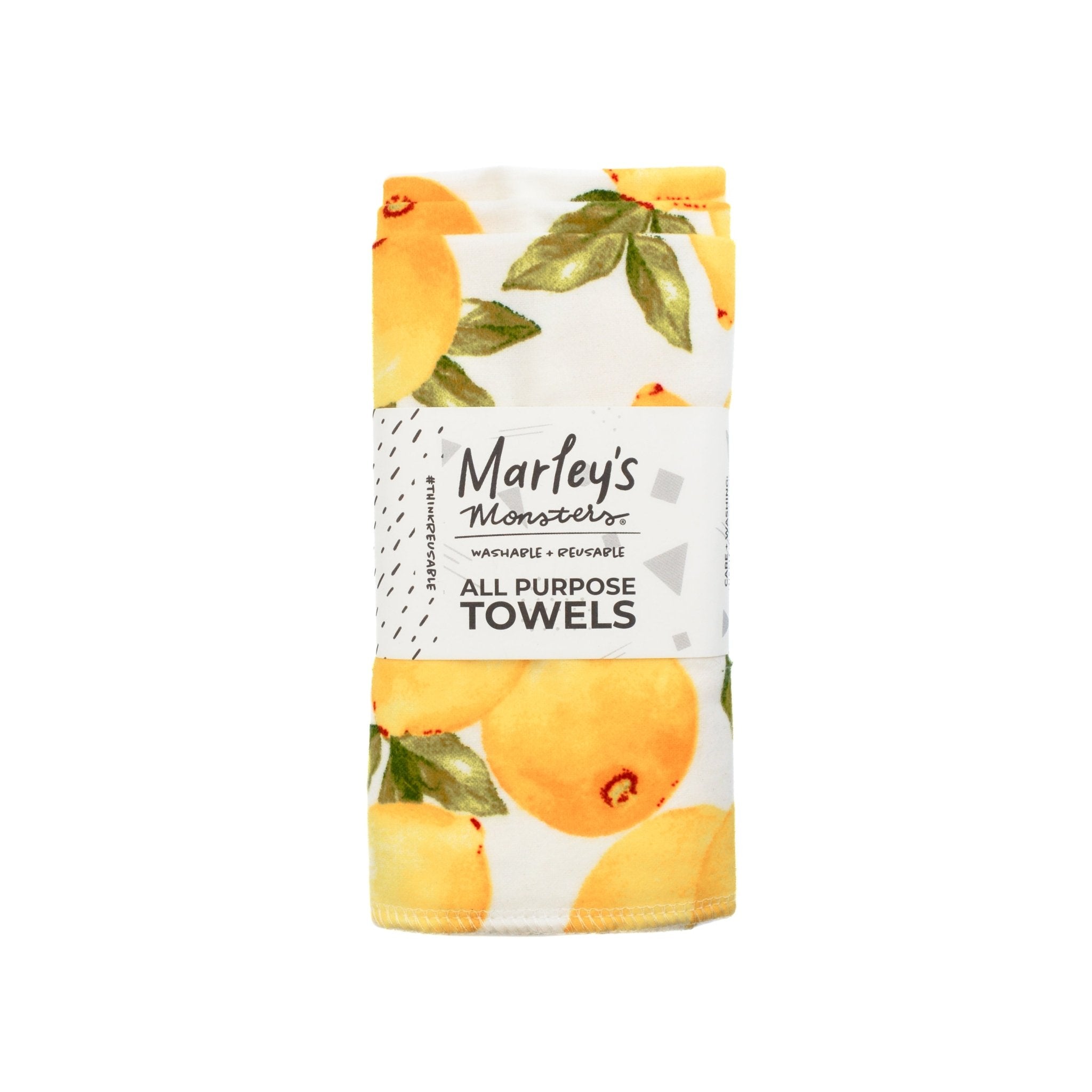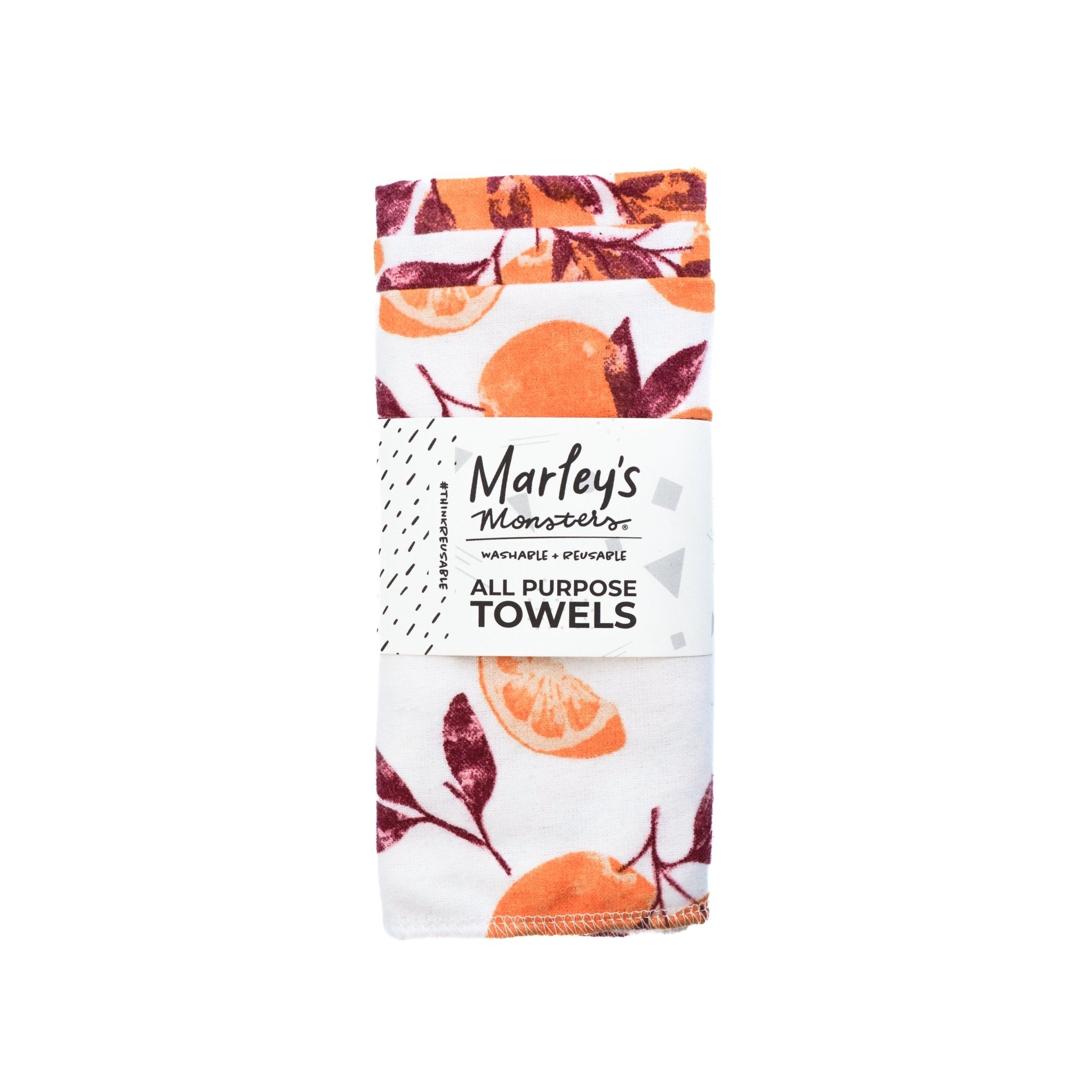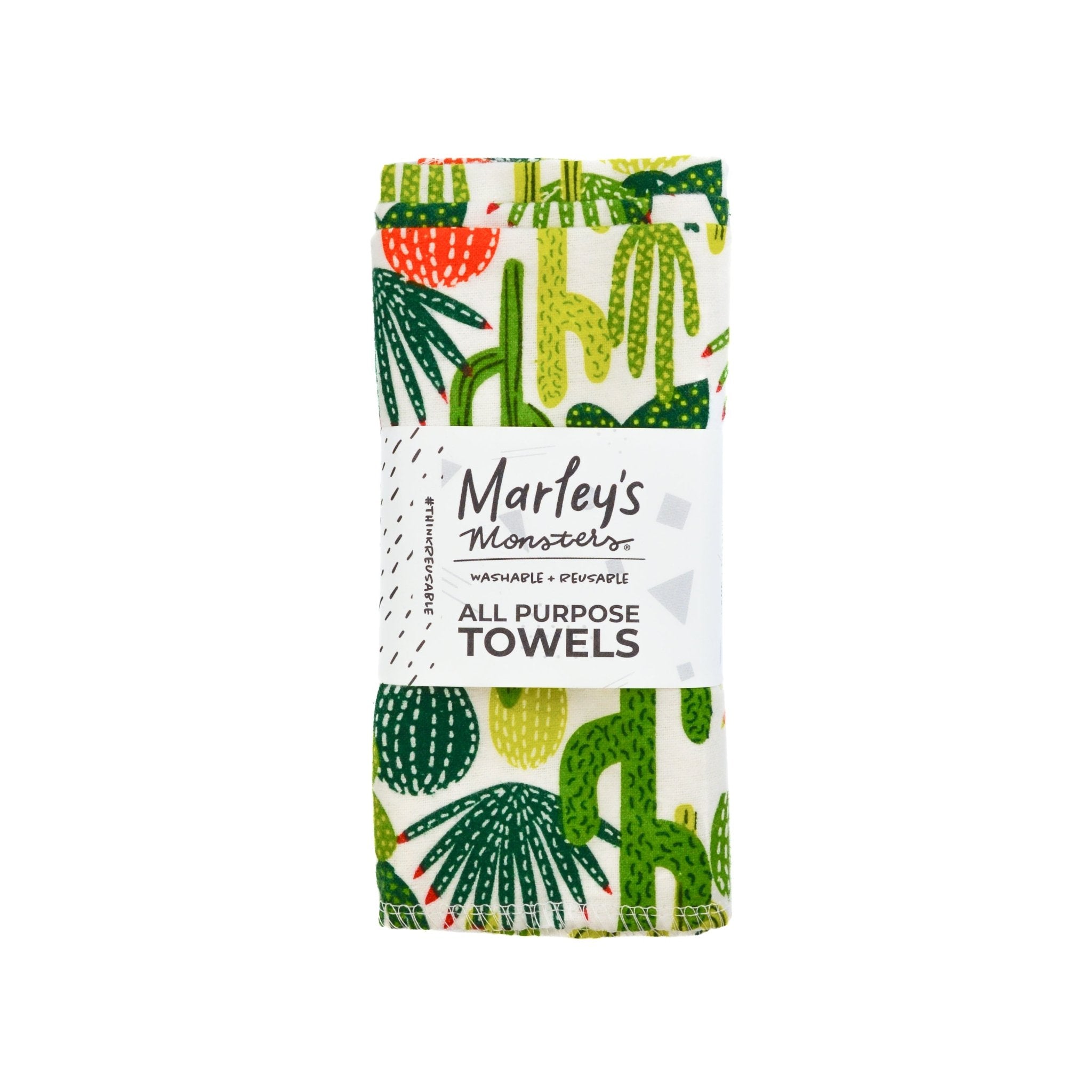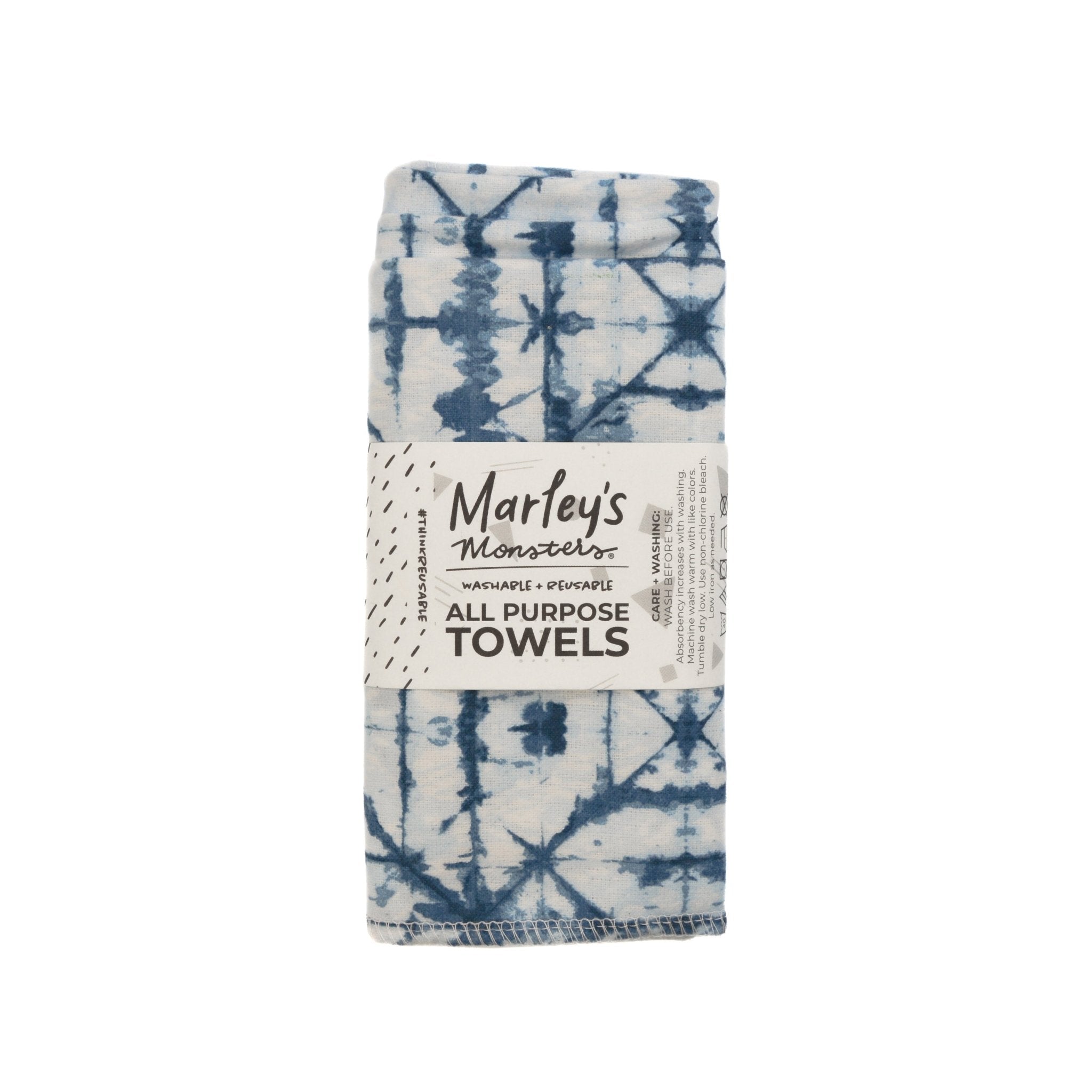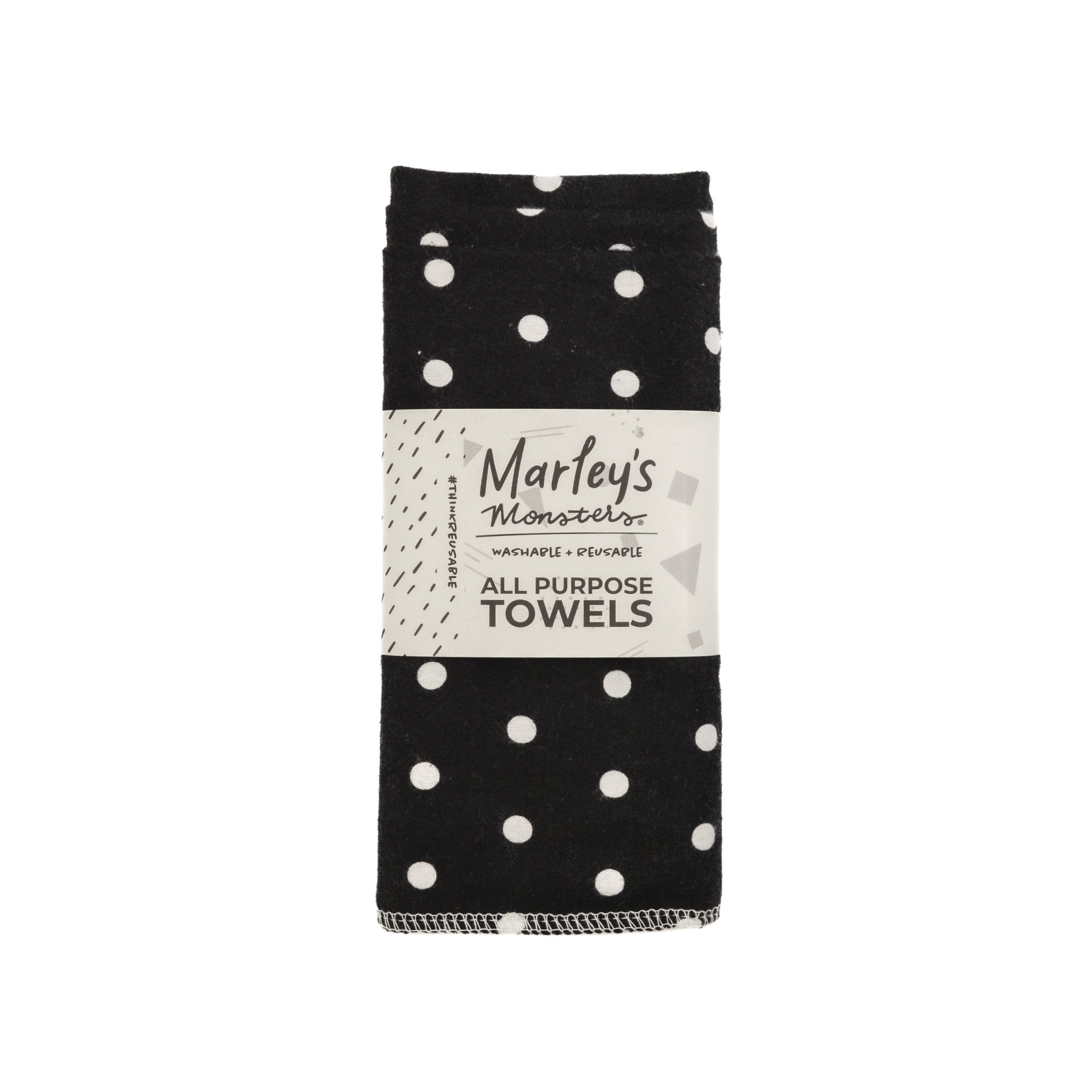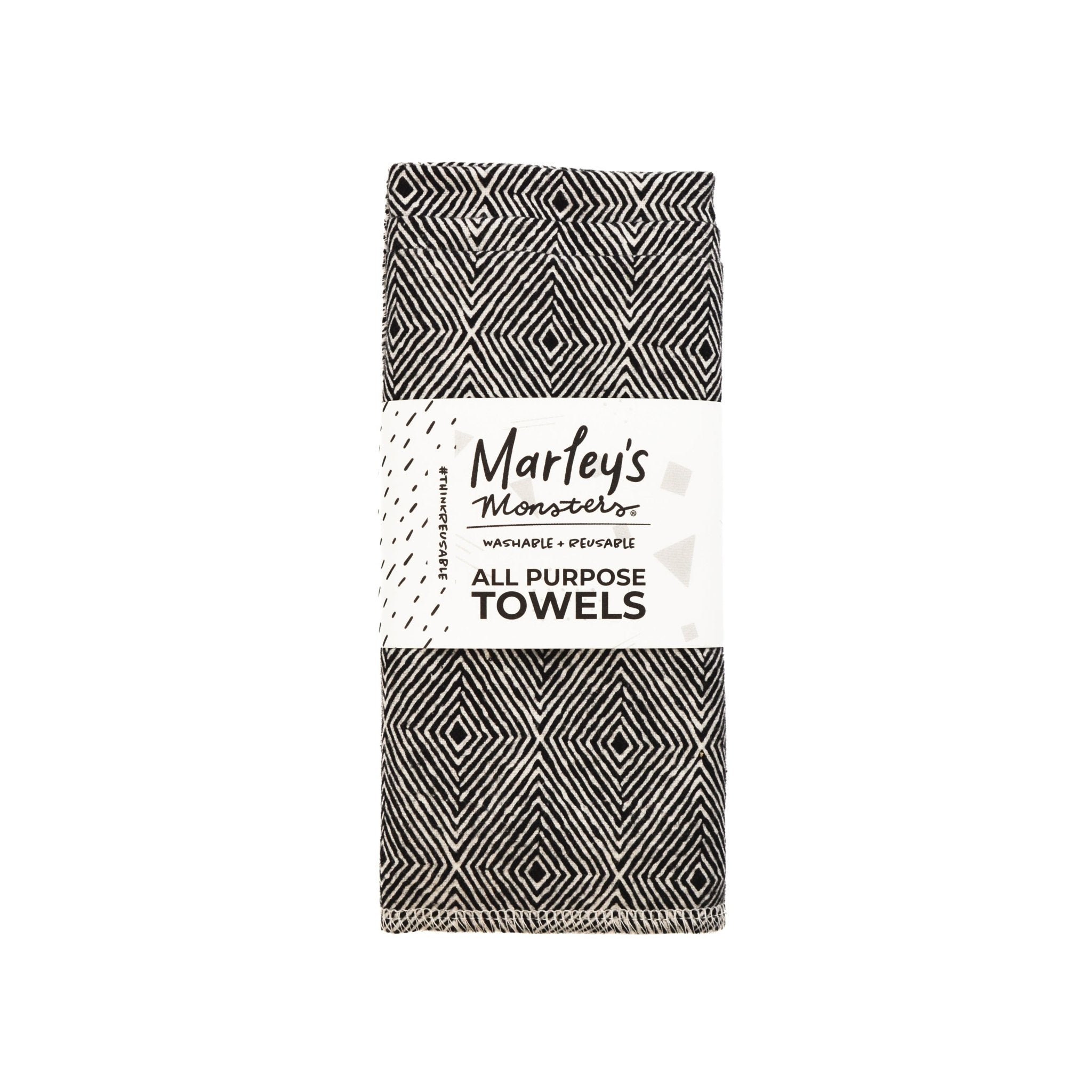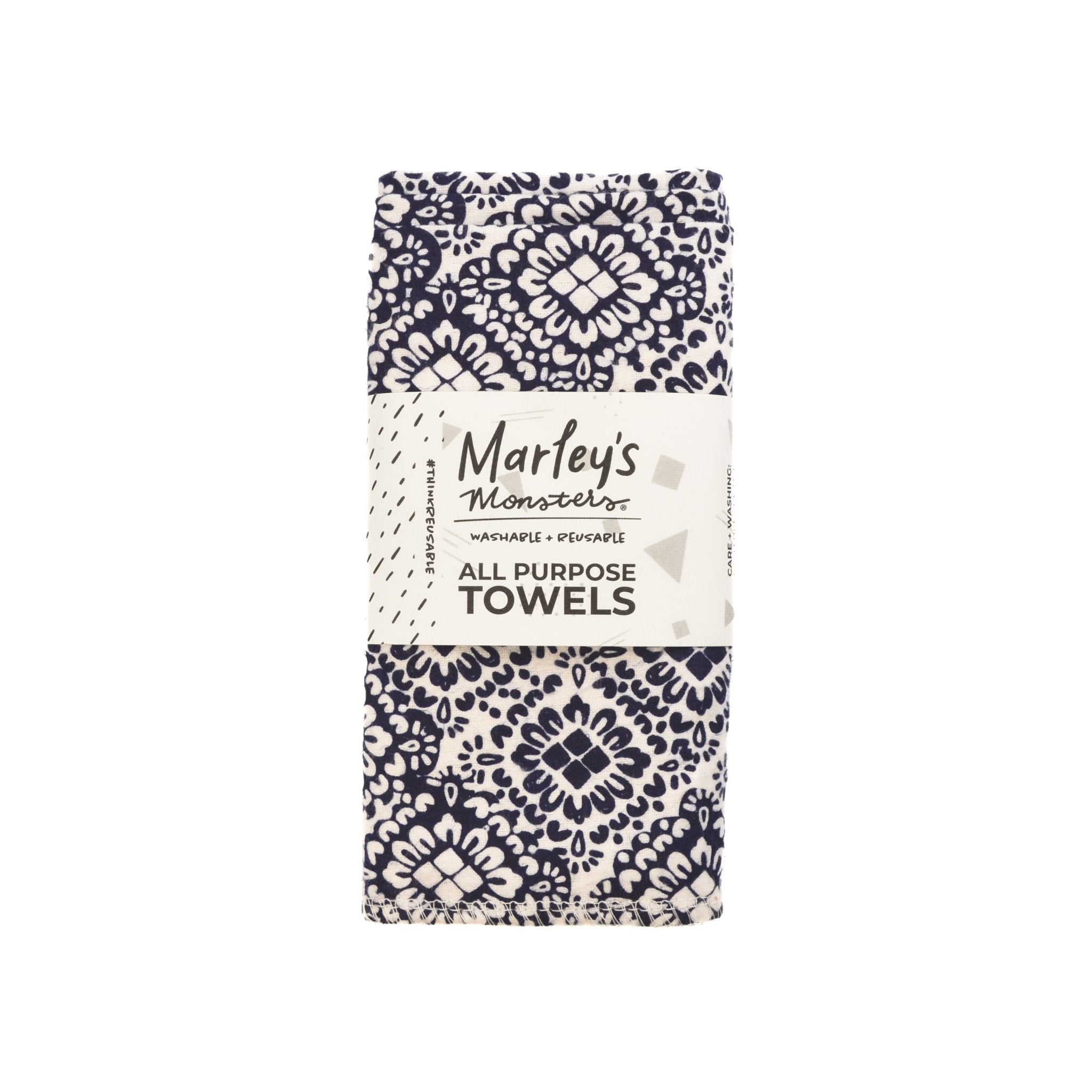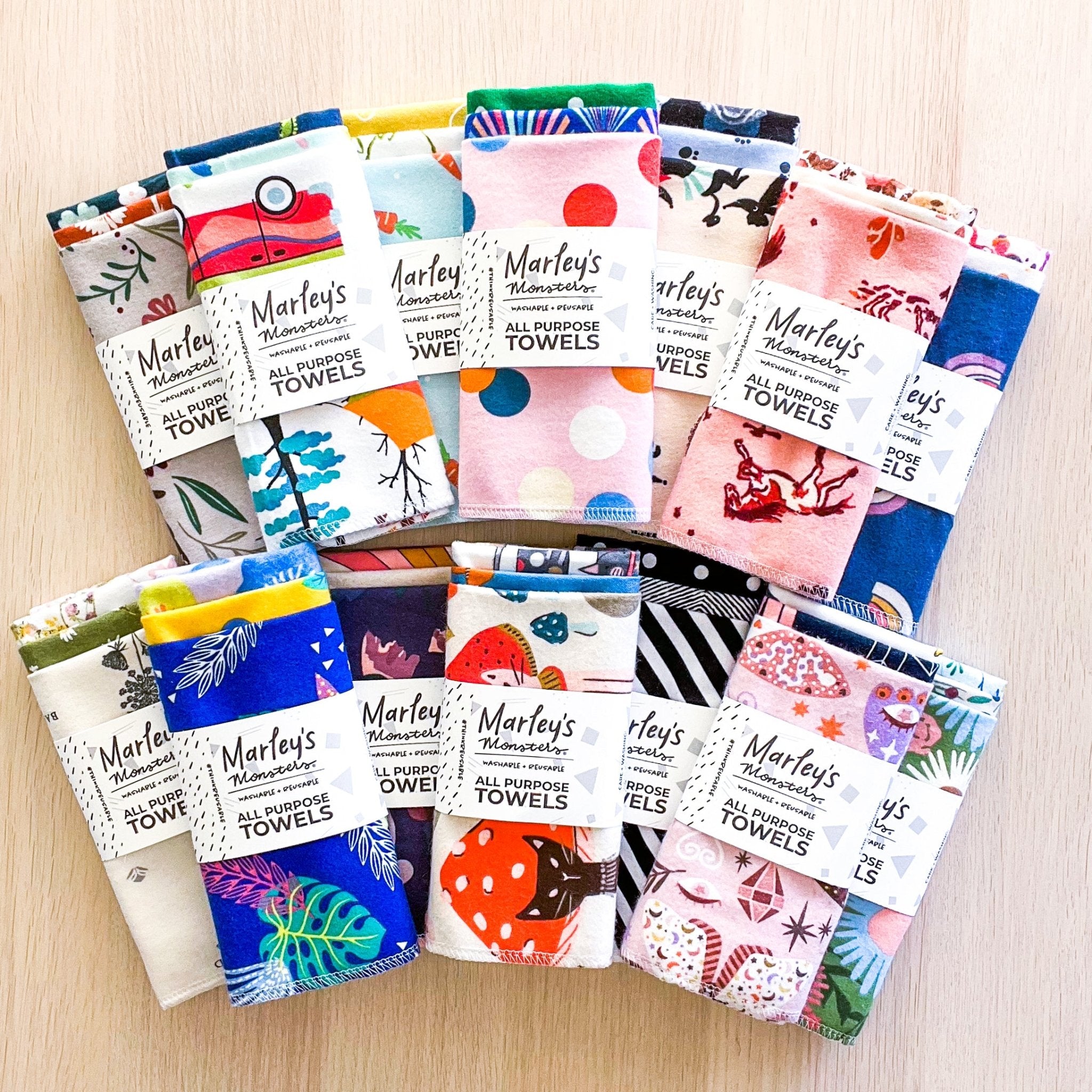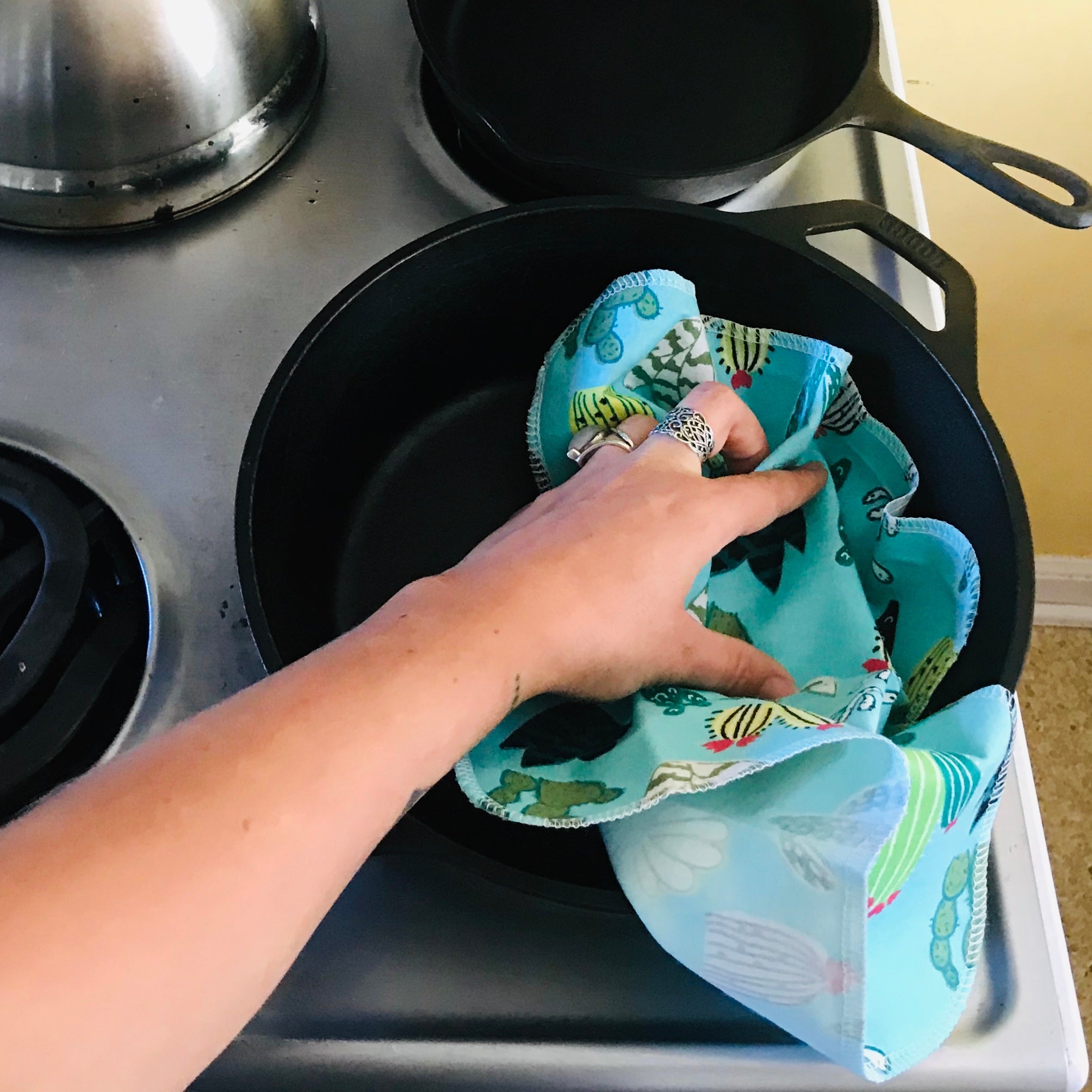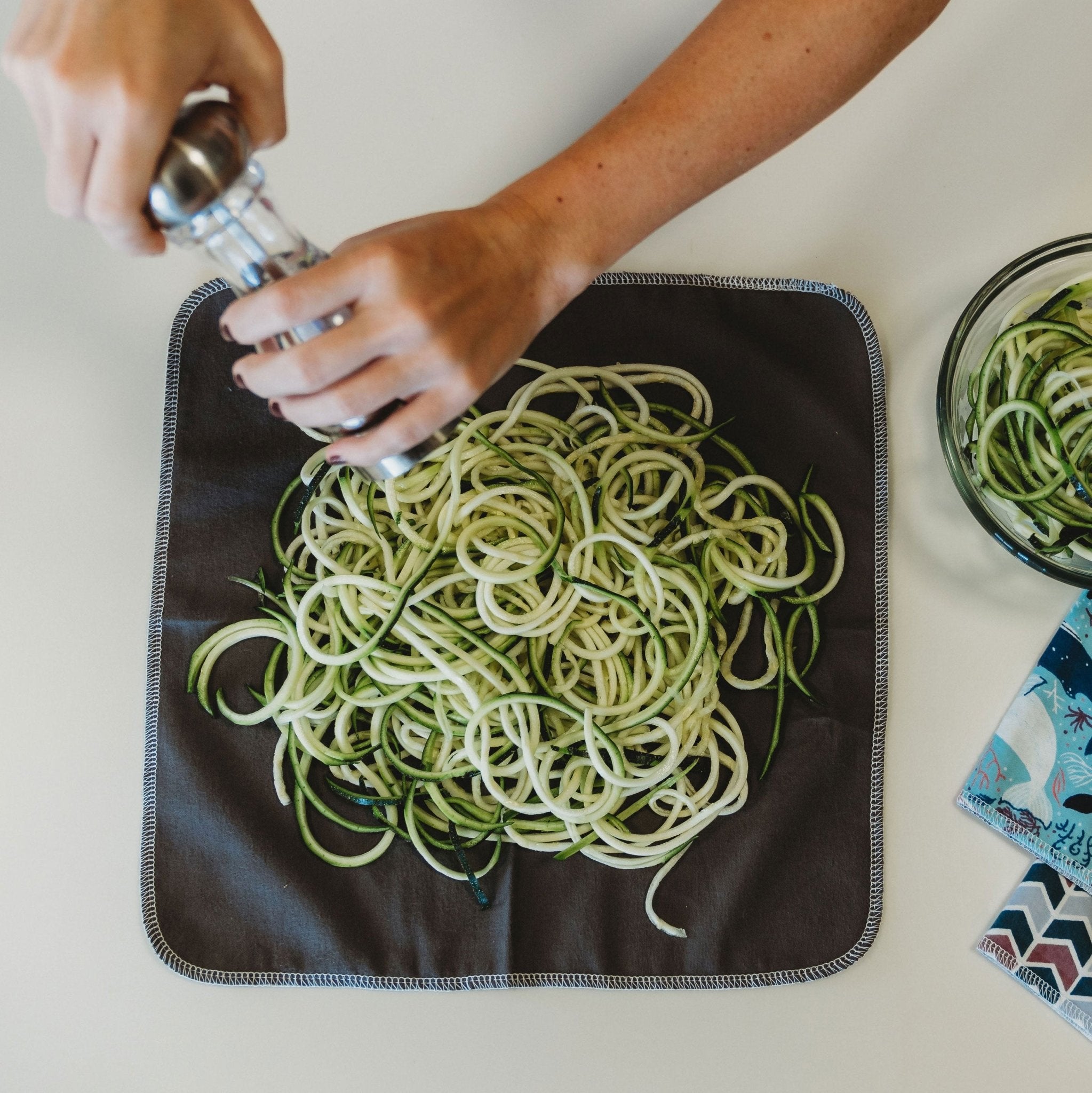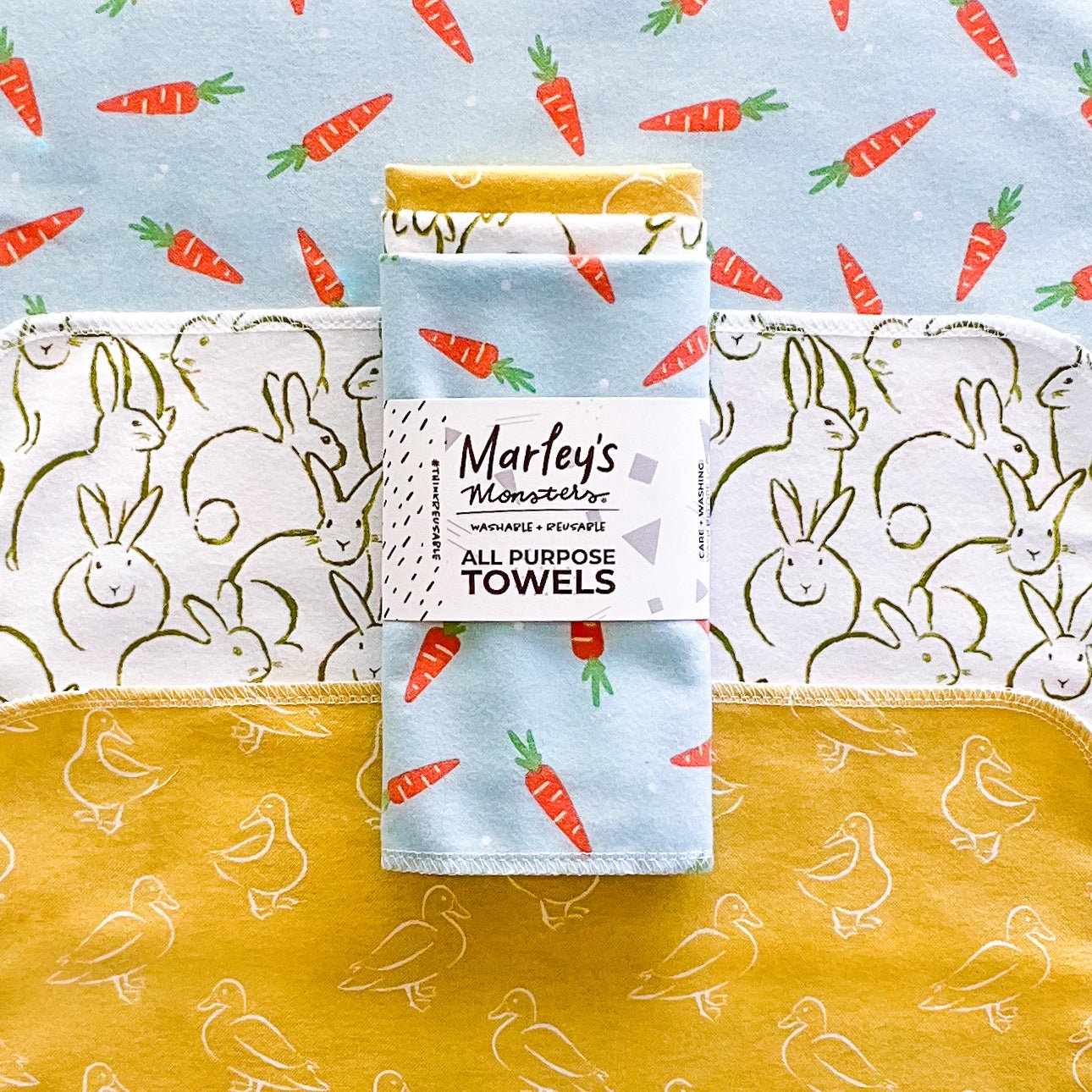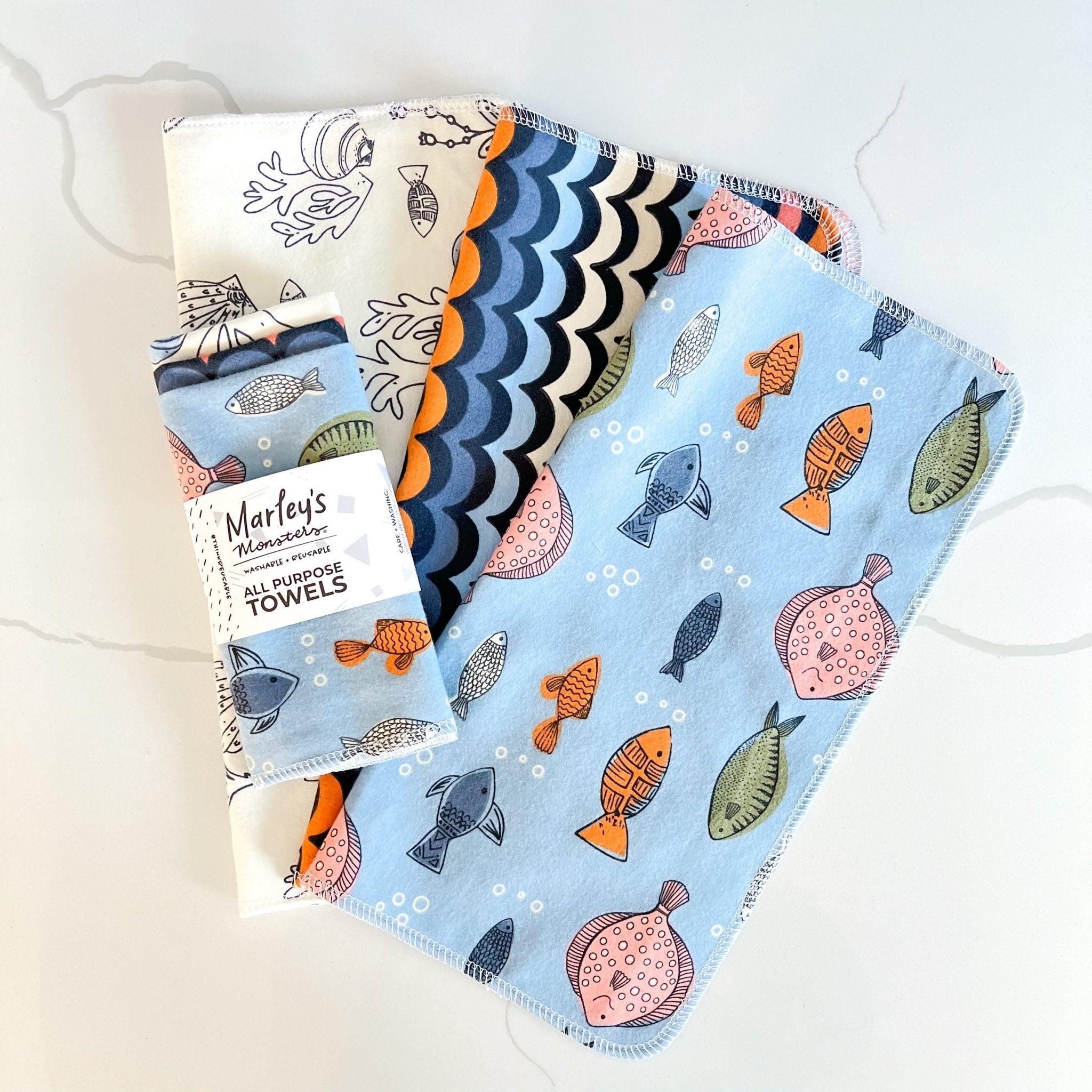
The days begin to start a bit darker, and there’s a crisp chill in the air. The leaves have turned into vibrant shades of red, orange, and yellow, and some of them have even started to fall. Steam swirls up from hot cups of tea or coffee and the return of #sweaterseason is here. The kitchen and pantry are stocked from the summer’s harvest, and cozy recipes are making their way onto the stove.
Whether you’ve been preparing a homestead for years or are just starting, there are simple yet effective ways to make the most of your weekend to-do’s and ready your home now to spend lots of time enjoying it later. Winter is on its way – Here’s how to make the most of your homestead outside while we head inside this fall.
Winterizing Your Garden
If the early bird gets the worm – the winter worker will prosper! Taking these simple steps now will set your spring harvest up for success and give your gardens their best chance to bloom, produce, and thrive. Preceding a “spring clean” – winterization clears the way of old growth to make way for new roots to reap.
Say goodbye to your annuals
Some of our favorite summer vegetables, such as tomatoes, radishes, cucumbers, zucchini, green beans, and basil, will all leave their bounties behind. As annuals, these plants come and go each season and are “one and done” each year. What remains after the harvest becomes this winter’s big to-do: Removing this year’s annuals will give your spring gardens healthier, happier soil. By removing all plant and flower debris that may attract unwelcome bacteria or pests, you’ll help winterize the garden and protect it from harmful elements that could take over spring plants next year. Next step? Composting leaves and creating mulch.
Mix and make mulch

So you’ve swept the dead leaves, trimmed back shrubs and perennials, and cleared the debris. Here’s where we get a little messy: Making mulch! Organic materials such as leaves, grass, hay, bark, or compost can be recycled to improve soil quality, conserve moisture, and suppress weed growth. Pro tip: Shred or chop larger pieces of organic materials into smaller pieces to provide better coverage. Compost can be added to your mulching mixture to amp up the nutrients. Spread a layer of between 2-4 inches thick throughout your garden beds, leaving a small gap between the stems of existing plants to avoid rot. As it breaks down throughout winter, it requires replenishment to make the most of your mulch. Watch for weeds and water accordingly, especially if you’re in an area with drier climates. Speaking of climates – do you know your hardiness zone?
Get to know your plant hardiness zone
The U.S. Department of Agriculture (USDA) Agricultural Research Service created the 2012 Plant Hardiness Zone Map – a beneficial resource to determine which plants thrive best based on your location. So if you’re not headquartered in Oregon like us, you can quickly find out what will flourish for your unique homestead or garden based on the average minimum winter temperatures in your region. Find the hardy plants that will party “hardy” in your garden!
Preserve your potted plants
Not all plants are considered hardy when it comes to cooler seasons. For more sensitive plants or potted plants, you’ll want to consider moving them into a greenhouse, inside, and/or covering them depending on the specific needs of your more delicate plants.
Time to head inside
When it comes to preparing your homestead and getting ready for fall, winterizing your garden is a labor of love that can help preserve your outdoor oasis and set the stage for a vibrant and thriving garden when spring finally arrives. Once the garden has been tended, it’s time to head inside and stock up on fall and winter staples.

Stocking Up On Winter Essentials - Sustainably
The term “stocking up” can seem over the top for a zero-waste lifestyle. However, when you’re striving for a more sustainable season this fall or winter, there are a few ways to waste not while also feeling prepared – and it all starts in your pantry. Homestead preparedness maximizes bulk buying, preservation, and keeping a healthy stock of dried goods to help eliminate plastic use and cut down on commutes to the farmer’s market or local grocery store. Living a sustainable lifestyle involves reducing waste, supporting local and ethical food sources, and minimizing your environmental footprint. Stocking up on winter essentials, like these pantry staples and dried goods, can help you do just that. Buy these in bulk and reduce packaging waste this winter (don't forget your Produce Bags)!
Whole Grains
Whole grains such as rice, quinoa, oats, or barley can have long-lasting shelf lives, making them a great staple to keep in stock. Many whole grains can last up to six months or even longer when stored properly in airtight containers at room temperature. Bonus: Buying these in bulk reduces packaging waste!
Beans & Legumes
An excellent source of animal-free protein, legumes like dried beans, lentils, and chickpeas have a slew of uses – From stews and soups to salad toppings, crunchy snacks, and more. Not only do they have stable shelf lives, dried beans offer an abundance of nutrients including fiber, magnesium, B vitamins, and iron.
Shopper tip: Our Bento Bags are a great alternative to the a disposable plastic bags for carrying your beans and legumes.
Canned Vegetables
No dish is complete without a healthy serving of robust vegetables, and while fresh veggies are favored – canned vegetables such as tomatoes, corn, green beans, artichoke hearts, mushrooms, carrots, beets, or peas make an excellent addition to a well-stocked sustainable pantry this fall and winter. Pro tip: Check out our recent blog for expert tips on canning your veggies!
Spices & Herbs
All hail the holy grail of good flavor. Spices and herbs are essential for adding layers of earthy, savory, or fresh tastes of the season and can make any mundane dish into something mouth-watering. Dried herbs including basil, parsley, oregano, rosemary, thyme, sage, and mint can be bought (or grown!) and stored in bulk to save packaging waste and keep your food flavors full. Add in spices like cumin, black peppercorns, coriander, chili pepper, and clove to spice up any recipe.

Harvest Happiness
The hard work is done and now it’s time to reap the rewards and enjoy the harvest. From enjoying homemade scents from stovetop simmer pots or sipping on mulled wine, colder weather invites us to slow down and restfully celebrate the end of the year. Here are a few great ways to harvest happiness in your homestead this coming fall and winter.
Homemade Simmer Pots
Easy to make with lemons, oranges, or apples or even their peels, simmer pots are an amazing way to enjoy the scents of the season while also being zero waste. In a crockpot on low or at low heat on the stove, combine water and fragrant elements such as rosemary, lemon, cinnamon, apple, and clove to a pot and let simmer. Replenish with fresh water as needed, and simmer for as long as 1-2 days.
Mulled Mocktails or Wine

Mull, meaning to heat, sweeten, and flavor, is a cozy and comforting method of making mocktails or mulled wine on the stovetop or in the crockpot this season. For mulled wine, combine your favorite red wine (merlot or cabernet sauvignon work well), mulling spices, orange slices, and spices such as cinnamon, clove, or star anise to your pot and bring to a low boil – simmer and serve. It’s that easy! For a non-alcoholic option, opt for juice like pomegranate or cranberry juice instead of wine, consider adding fruit such as blackberries and sweeten with a small amount of brown sugar, and serve with fresh toppings like a sprig of rosemary or cinnamon stick. Bonus: The non-alcoholic option is kid-friendly!
Easy Cold-Weather Dinners
From soups, tacos, pasta, and more, winter dishes can warm your heart and home. Savory dishes such as black bean soup, creamy vegan pasta, roasted squash, or pumpkin soup are as delicious and fulfilling as they are low-maintenance. When making bigger batches, consider freezing leftovers or storing them in the fridge with our Linen Bowl Covers!
Make Your Own Apple Cider Vinegar
It may be last on this particular list – but it is certainly not the least. Homemade apple cider vinegar (or ACV) is an amazing way to be waste-free with your apple harvests and has a huge array of benefits and uses. From salad dressings to being used as a health tonic or even a low-tox cleaning solution you can use to wipe down with an All Purpose Towel, ACV is one of THE BEST things to keep in your home this fall or winter. To make ACV, combine apples or apple scraps, filtered water, and organic cane sugar in a large glass container of choice. Let this ferment for 2-4 months and pour it into smaller glass bottles or jars. You can even reuse old ACV containers for this very purpose!
Enjoy An Abundant Fall
As we navigate the changing seasons, the homestead becomes a place of both productivity and pleasure. It's a sanctuary where we prepare for the winter ahead, savor the fruits of our labor, and cherish the beauty of the changing landscape. With these tips and a little planning, you can ensure a more sustainable, enjoyable, and abundant fall and winter on your homestead.

